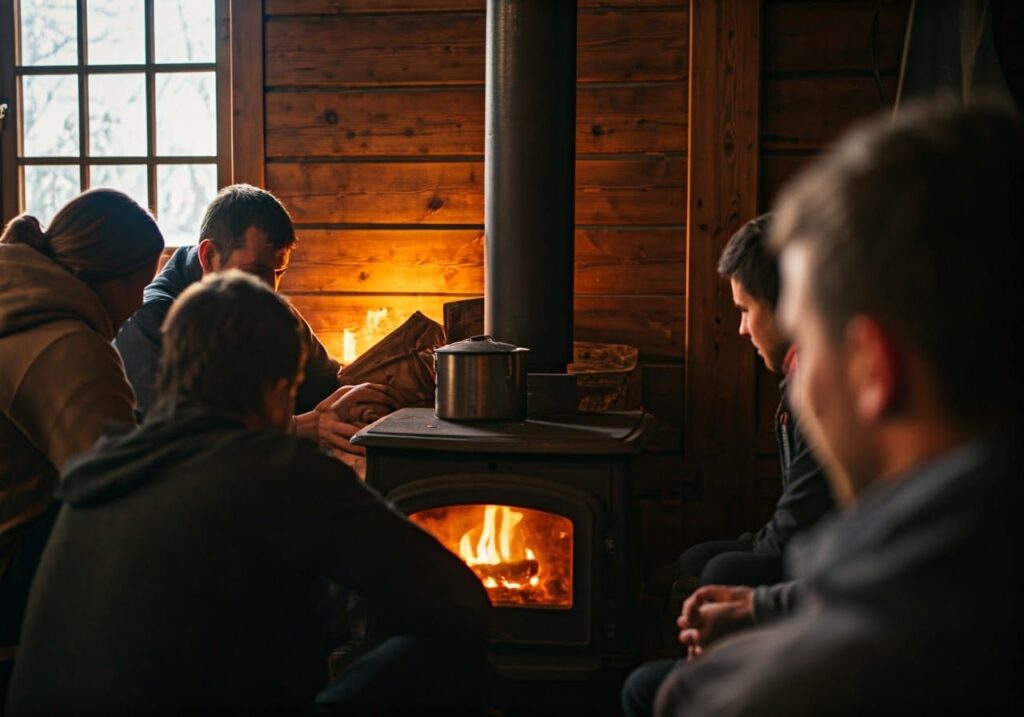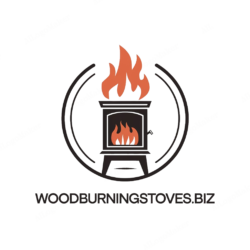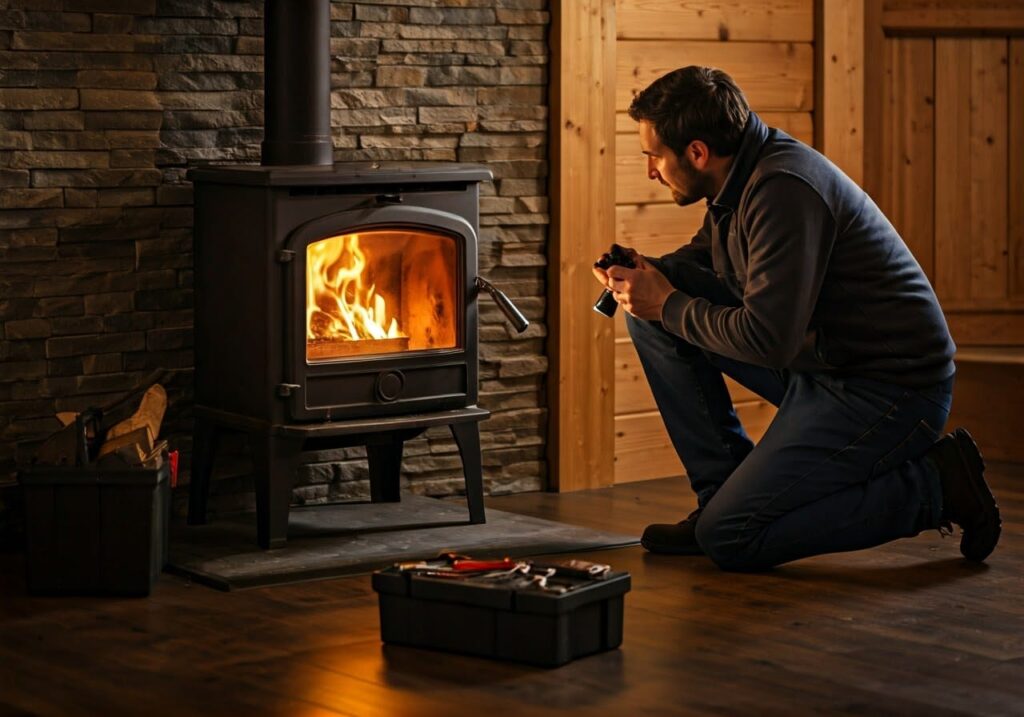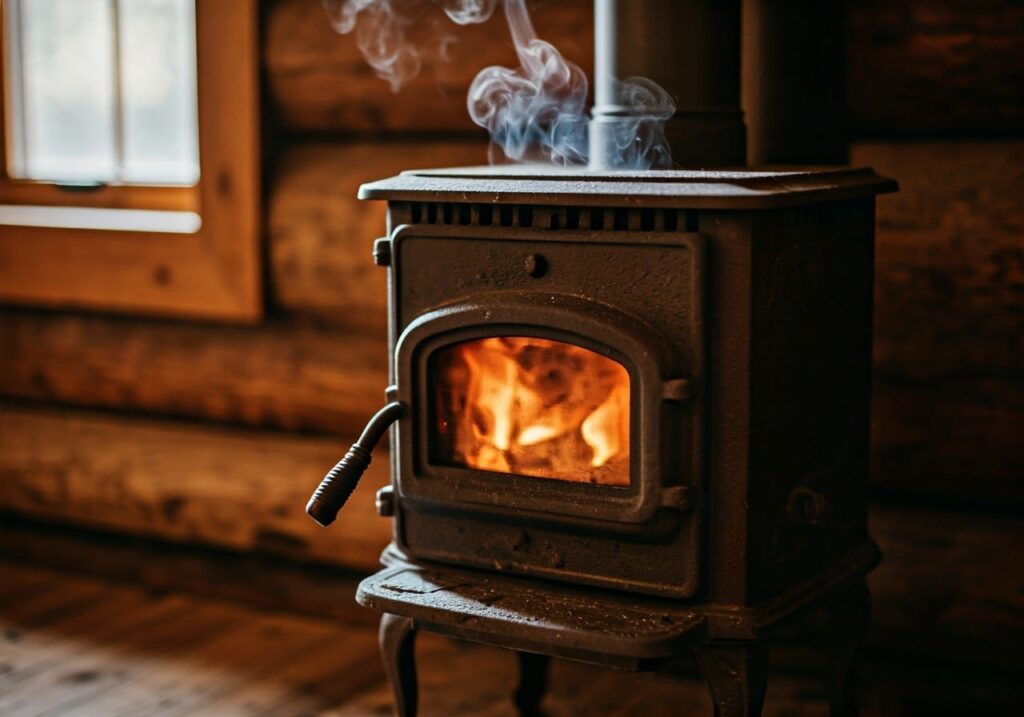
Solving Stove Heat Issues for a Cozy Warmth
Are you struggling to get your wood stove to produce the warmth you crave on chilly evenings? You’re not alone. Many homeowners face the frustration of a wood stove not getting hot enough, leaving their spaces chilly and uncomfortable. In this comprehensive guide, we’ll delve into the common causes of stove heat issues, provide actionable solutions, and share expert insights to ensure your wood stove operates at its peak performance.
Understanding Wood Stove Efficiency
Before diving into the solutions, it’s essential to understand what affects a wood stove’s efficiency. The key factors include:
- Moisture Content of Wood: Wood with high moisture content burns less efficiently.
- Airflow and Draft: Proper airflow is crucial for a stove to burn wood completely.
- Maintenance and Cleaning: A clean stove ensures better combustion.
- Installation and Insulation: How your stove is installed and the insulation around it can impact heat retention.
The Science Behind Efficient Combustion
For a wood stove to produce maximum heat, complete combustion is necessary. This process requires the right balance of fuel (wood), oxygen, and heat. When any of these elements are lacking, combustion is incomplete, leading to reduced heat output and potentially harmful emissions.
Common Causes of Stove Heat Issues
1. Insufficient Draft
- Cause: Poor chimney installation, blockages, or insufficient height.
- Solution: Ensure your chimney is at least 3 feet taller than any nearby structures. Check for blockages and clean the chimney annually.
- Additional Tip: Consider installing a draft inducer if you live in an area with frequent high winds or interfering structures.
2. Wet or Green Wood
| Moisture Content | Burn Efficiency | Description |
|---|---|---|
| >20% | Very Poor | Wood is damp to the touch; significant smoke production expected. |
| 15%-20% | Poor | Wood feels cool to the touch; noticeable decrease in heat output. |
| 10%-15% | Good | Optimal burning range; wood is dry, producing a clean burn. |
| <10% | Excellent | Wood is extremely dry; caution against over-drying, which can lead to less efficient burns. |
- Cause: Burning wood that hasn’t been properly seasoned.
- Solution: Use a wood moisture meter. Ensure wood is seasoned for at least 6 months to a year. Store wood in a well-ventilated area, protected from the elements.
- Seasoning Tips:
- Split wood seasons faster than whole logs.
- Cover the top of your woodpile to protect from rain, but leave the sides open for airflow.
3. Inadequate Air Supply
- Cause: Closed or partially closed air vents.
- Solution: Keep air vents fully open during burning. Ensure no furniture or curtains obstruct airflow.
- Optimization Tip: Experiment with partially closing vents once the stove is hot to optimize burn time and heat output, but always maintain sufficient airflow.
4. Poor Stove Maintenance
- Cause: Failure to clean the stove regularly.
- Solution: Clean your stove every week, focusing on the chimney, flue, and combustion chamber.
- Deep Cleaning Schedule:
- Weekly: Ash removal and quick wipe-down.
- Monthly: Detailed cleaning of vents and chimney inspection.
- Annually: Professional inspection and deep cleaning.
5. Incorrect Installation or Insulation
- Cause: Improper stove installation or inadequate room insulation.
- Solution: Consult a professional to assess and correct any installation issues. Enhance room insulation to retain heat better.
- Insulation Checklist:
- Check attic, wall, and floor insulation levels.
- Seal any drafts around windows and doors.
- Consider upgrading to thermal curtains or drapes.
Actionable Tips for Enhanced Heat
- Regularly Inspect and Maintain Your Stove: Prevention is key to avoiding stove heat issues.
- Experiment with Different Wood Types: Some woods burn hotter than others. Find what works best for your stove.
- Utilize a Stove Fan: Circulates warm air more efficiently around the room.
- Monitor and Adjust: Keep an eye on your stove’s performance and adjust your strategies as needed.
Expert Insight
“A wood stove is only as good as the wood you burn in it. Seasoning your wood properly is the simplest yet most effective way to boost your stove’s heat output.”
— Mark Davis, Heating Efficiency Expert
Troubleshooting Checklist
| Issue | Solution |
|---|---|
| Low Flame | Check for sufficient draft, ensure dry wood, and clean the stove. |
| Smoky Stove | Verify proper airflow and consider a chimney inspection. |
| Inconsistent Heat | Monitor wood moisture content and maintain regular stove cleaning. |
| Stove Not Heating at All | Consult a professional for a thorough inspection and potential repair. |
Conclusion
A wood stove not getting hot enough can be a source of significant discomfort and frustration. However, by understanding the common causes and implementing the solutions outlined in this guide, you can significantly enhance your stove’s heat output. Remember, the key to a warm and cozy home lies in the balance of proper stove maintenance, the right wood, and an optimized setup. Stay warm, and stay efficient!


